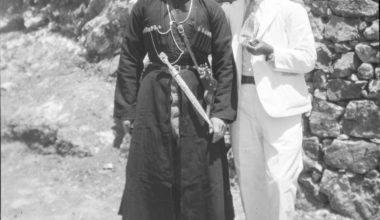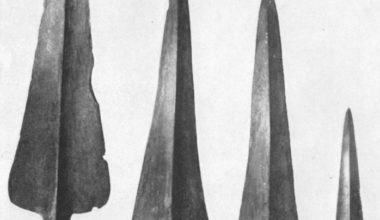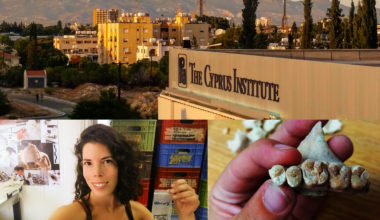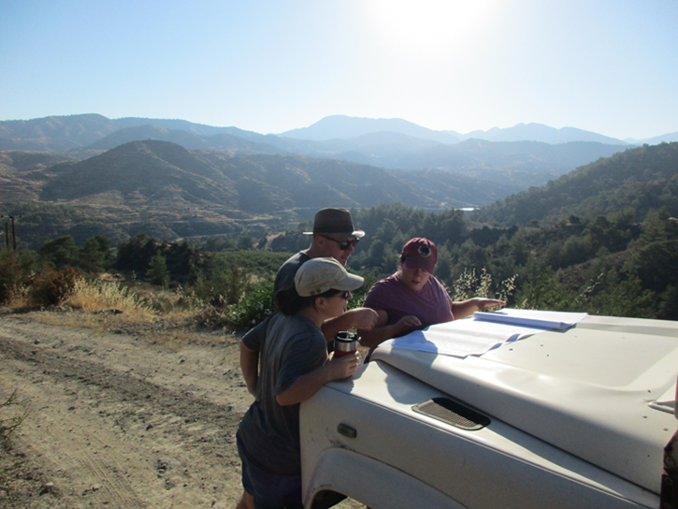
By Lisa Graham, CBRL 2018 Post-doctoral Travel Grant awardee and Open Studies Tutor, Centre for Open Learning, The University of Edinburgh
As an archaeologist and ceramicist working in western Cyprus, I have for a very long time been interested in exploring the still untouched northwest region around the town of Polis. Occasional surveys and random finds over the years suggest that the area is rich in Chalcolithic and Bronze Age remains (c. 4000 – 1650 BCE), although no prehistoric sites have been excavated in the region.
The Makounta-Voules Archaeological Project Survey was created by Dr Kate Grossman (MIT), Dr Tate Paulette (Brown University), Dr Andrew McCarthy (University of Edinburgh) and me to explore this unknown region. In the summer of 2017, the Cypriot Department of Antiquities granted us a permit to conduct surface collection and geophysical survey at the site of Makounta-Voules, a large prehistoric site approximately 2.5 km from the coast of Chrysochou Bay, just north of the town of Polis.
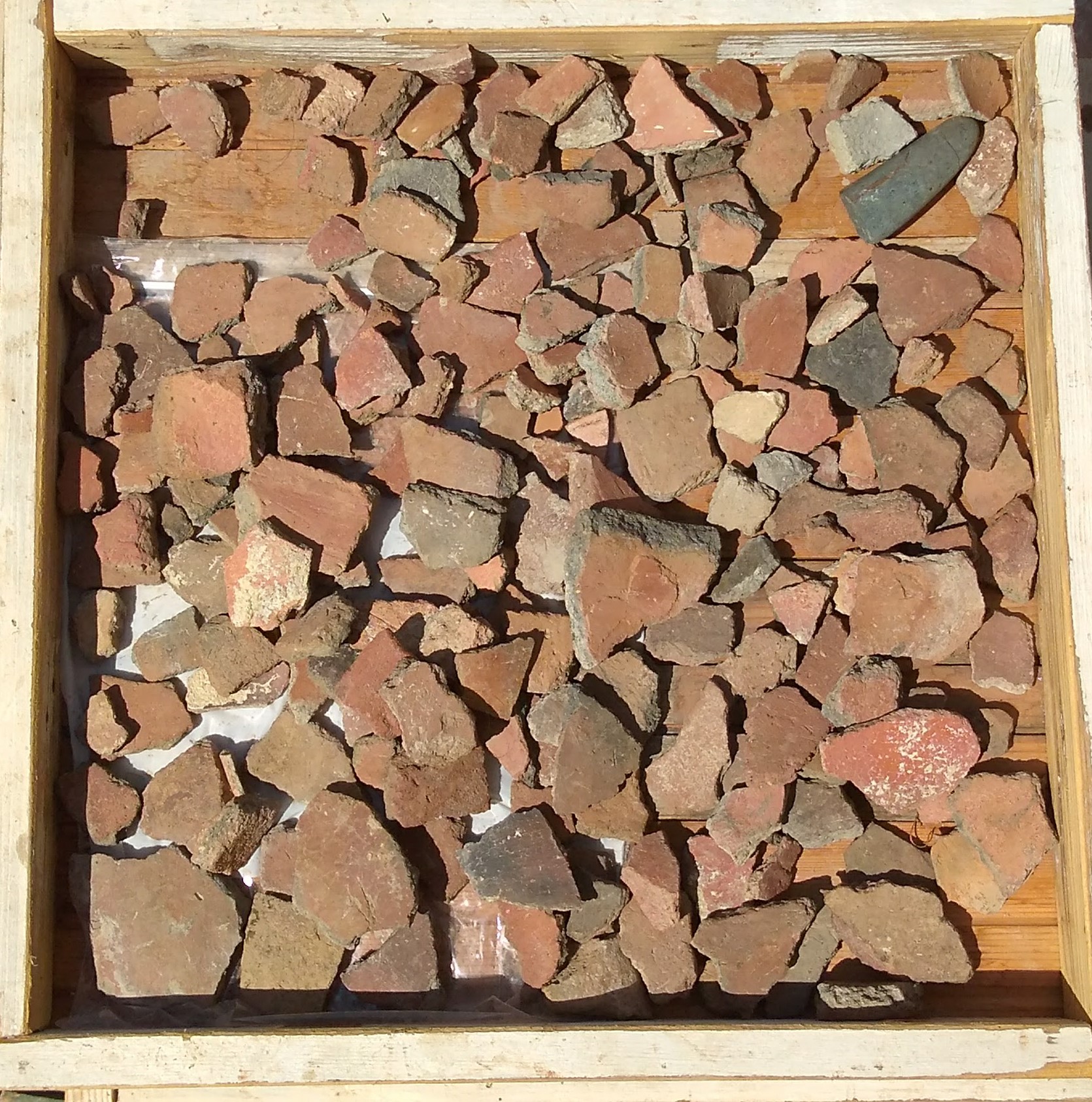
The village of Makounta has been known to archaeologists for some time. A portion of the site has already been designated an ancient monument by the Department of Antiquities, and the site was explored by Darius Maliszewski in the 1990s as part of his extensive survey of the region (Maliszewski 2013). The site appears to span an area covered by two neighboring toponyms: Mersinoudhia and Voules. Maliszewski called the site Makounta-Mersinoudhia, but as the Voules portion of the site had previously been designated an Ancient Monument by the Cypriot government, our team has opted to use the name Makounta-Voules for the entire site.
Our goal in 2017 was to assess the nature and extent of the site and determine whether any intact remains lay below the rich surface assemblage. The Project is also an effort to protect the island’s cultural heritage. A highway linking the cities of Paphos and Polis is about to undergo a massive expansion, intended to encourage development of the Chrysochou Bay area. The road construction project – and the ensuing development – will almost certainly have an impact on archaeological remains across the region. Our work is a step toward documenting the prehistoric occupation of a region that is on the brink of rapid transformation.
The survey season lasted three weeks and in this short time our seven students managed to collect an impressive 31,762 pottery sherds, as well as many stone tools, some coroplastic art and metal slag from a large prehistoric settlement.
As ceramicist for the project, my main aim for this initial study was to identify ceramic wares and vessel types, in order to establish the time period that the site was in use, and to determine the scope and nature of the site. Does the pottery suggest a domestic settlement? A work-space? Or something else…
The huge number of sherds meant that in 2017, I was only able to conduct a basic sherd count and assign very general dates. In 2018, with assistance from the CBRL, I returned to Cyprus to continue the study of the 2017 survey ceramics.
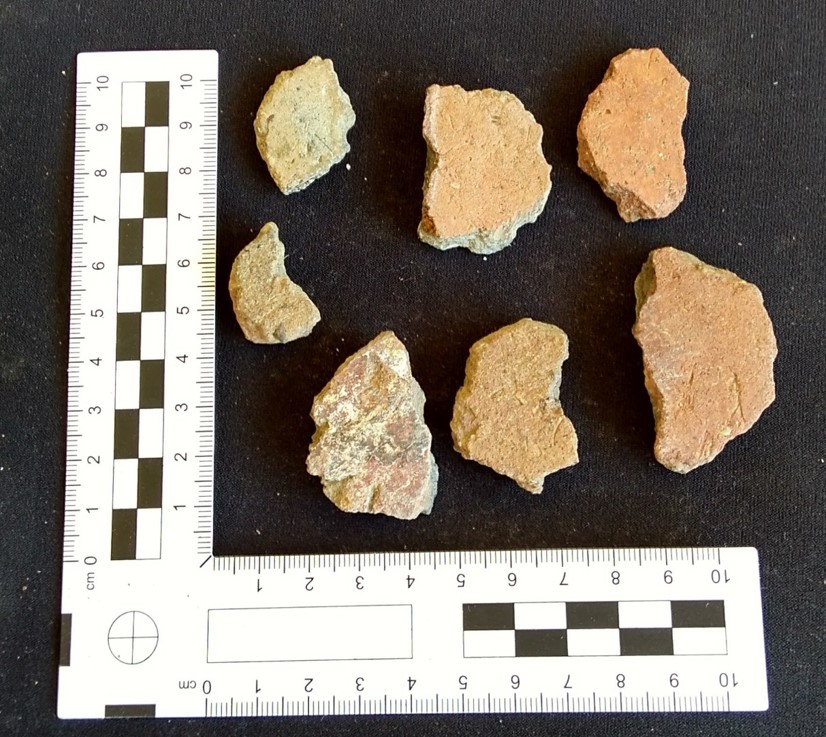
The assemblage is held at the Lemba Archaeological Research Centre, in the Paphos District. I spent several weeks both there, and in Polis, re-examining the survey collection and further analyzing diagnostic sherds, as well as comparing these to contemporary sites.
I have now examined every sherd at least once and have recorded most of the 1833 diagnostic sherds in detail. The Makounta-Voules ceramics are almost entirely prehistoric; although, since this is surface pottery, it is very worn and abraded, meaning that many sherds cannot yet be identified beyond a general ‘Chalcolithic’ or ‘Bronze Age’ date.
Over half of the sherds (17670 – 55%) are similar to Figure 2 –Chalcolithic, and probably Late Chalcolithic (c.2700-2400 BCE), abraded monochrome, but not clearly diagnostic. Sherds that can be definitively dated to the Bronze Age are more limited, comprising roughly 8% of the assemblage. But we also have many ambiguous sherds, 3761 (12%) which could equally be dated to the Late Chalcolithic or Early Bronze Age. So, erring on the side of caution, one of our large categories is ‘Chalco/BA Query’, where further investigation will be required. until stratified ceramics from our excavations at the site have been analyzed in detail, our chronological categories must remain relatively broad.
In fact, it is extremely interesting that so many sherds that could either be identified as Late Chalcolithic or Early Bronze Age, as this points to the site being continuously occupied, with few changes in pottery technology, which is rare at this time in Cyprus.
Some very general observations can be made from these data. Both Chalcolithic and Bronze Age sherds fit general types similar to contemporary west coast sites and those found by Malisewski, although the Makounta-Voules fabrics, while similar, are not identical and are likely to be of a local manufacture (future petrographic analysis can confirm this). There is no evidence of imported vessels in the survey assemblage.
Most sherds point to a domestic occupation with a few fine table wares, combined with sherds from medium to large bowls and cooking and jugs, as well as large sherds suggestive of storage. A number of pierced pottery discs (Figure 3) and spindle whorls were also found in a discrete area, possibly suggesting textile manufacturing, whilst a ceramic head from a Late Chalcolithic anthropomorphic figurine is more ephemeral.

In summary, the large ceramic assemblage from Makounta-Voules provides convincing evidence for a domestic settlement dating to the Late Chalcolithic period, with considerable evidence for a continuation into the Early and Middle Bronze Age. Excavations, which began in 2018, will no doubt provide much needed illumination.
References
Maliszewski, Dariusz. 2013. Chalcolithic and Bronze Age pottery from the field survey in northwestern Cyprus, 1992–1999. Polis-Pyrgos Archaeological Project I. British Archaeological Reports, International Series 2547. Oxford: Archaeopress.
Lisa Graham is a ceramicist and archaeologist working mainly on the prehistory of Cyprus. She is currently a Teaching Fellow at the University of Edinburgh Centre for Open Learning.
The views expressed by our authors on the CBRL blog are not necessarily endorsed by CBRL, but are commended as contributing to public debate.












